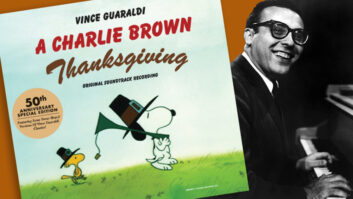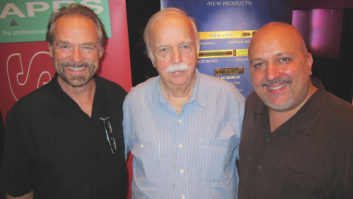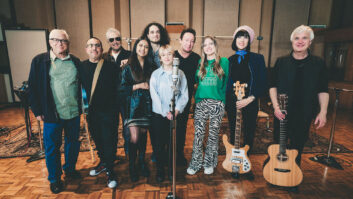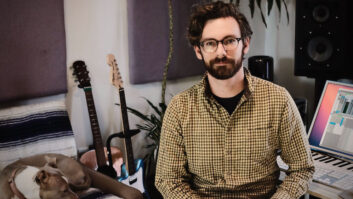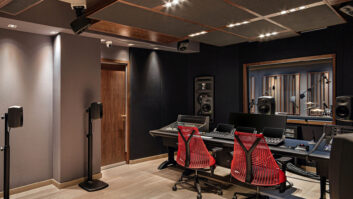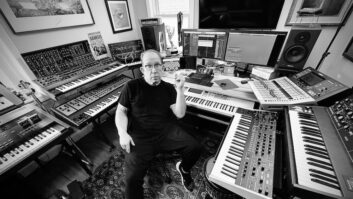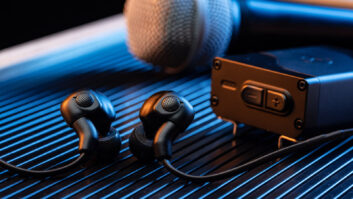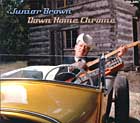
Though best known for engineering classical and jazz recordings, Michael Bishop returned to his roots to record Down Home Chrome, the latest effort from idiosyncratic singer/songwriter and “guit-steel” master Junior Brown.
“Early in my career, I made many recordings of country/gospel music,” says Bishop. “I worked extensively with one of the early televangelists, Rex Humbard, and the Cathedral of Tomorrow. We’d record an entire record in three hours! You learned to get sounds quickly.”
“We made the entire record in two-and-a-half days, with the exception of some vocal overdubs that we had to record later,” Brown adds.
Bishop tracked Brown and band at Emerald Entertainment’s The Tracking room in Nashville, and used acoustical spaces to help him shape the sound of the band as it was being recorded. “I recorded stereo and surround mixes of the band, and had separate tracks of Junior’s guitar and vocals, so a total of four tracks make up the stereo mix and seven comprise the surround.
“When you work this way, miking, which is obviously always important, becomes even more critical because you have to get all of the instruments and the blend of the band at one time,” Bishop explains. “Our approach called for both a direct mic and an ambient mic to be placed on each instrument, or group of instruments. The ambients are critical for the surround mixes, the sound of the room and the way you pick it up.
“We used different rooms for different tunes. Most of the tunes had the band—two rhythm guitars, snare drum (that’s all we used; no kit, just a snare and occasional cymbal) electric bass and, on a couple of tunes, a horn section—sitting in the main room. The Neumann KU100 served as the ambient mic. On this record, we’d often position the KU100 three or four feet away from the acoustic guitarists to pick up the ambience without any distortion or coloration. By the way, most engineers these days dread leakage but I used it as a friend. The best-sounding records made in the past were created when the engineer balanced players in a room and that’s the technique we used.”
Bishop also brought a pair of Sennheiser MKH800 microphones to the sessions. “During tracking, I used them for the piano pickup, guitar overdubs and on Junior’s amplifier, along with the KU100. Junior had his amplifier cranking when he solo’ed on his version of Jimi Hendrix’s ‘Foxy Lady.’ He was using either a Fender Twin Reverb or Princeton amp, and believe me, whichever it was, it was screaming for help the way he pushed it!”
All of Junior’s vocals were tracked using a restored Neumann U47.
George Massenburg Labs GML 8900 dynamic range controllers also came in handy, according to Bishop. “They’re absolutely essential. I don’t record without the GML 8900, it’s that simple,” Bishop states. “I used it on the guitars, bass guitar and vocals.”
Bishop monitored the mix sessions with the ATC speakers. “We were able to rent some ATCs down in Nashville. We set up a pair of SCM-50s as left and righ-front monitors, and used SCM-20s for the center and rear channels. We dug up a subwoofer that was lying around the studio to complete the surround setup.
“The great advantage of the ATC family of speakers is that the sound is so identical between them all. We were able to integrate them into a modestly sized monitoring room and have a perfectly balanced sound, knowing all the while that when we came back up here to post the record, the sound would translate. We had to recut Junior’s vocals and we used Beachwood Studios, which is across the street from us. I took over a pair of SCM-50s to keep the sound constant.”
For more information on Junior Brown, click here.
